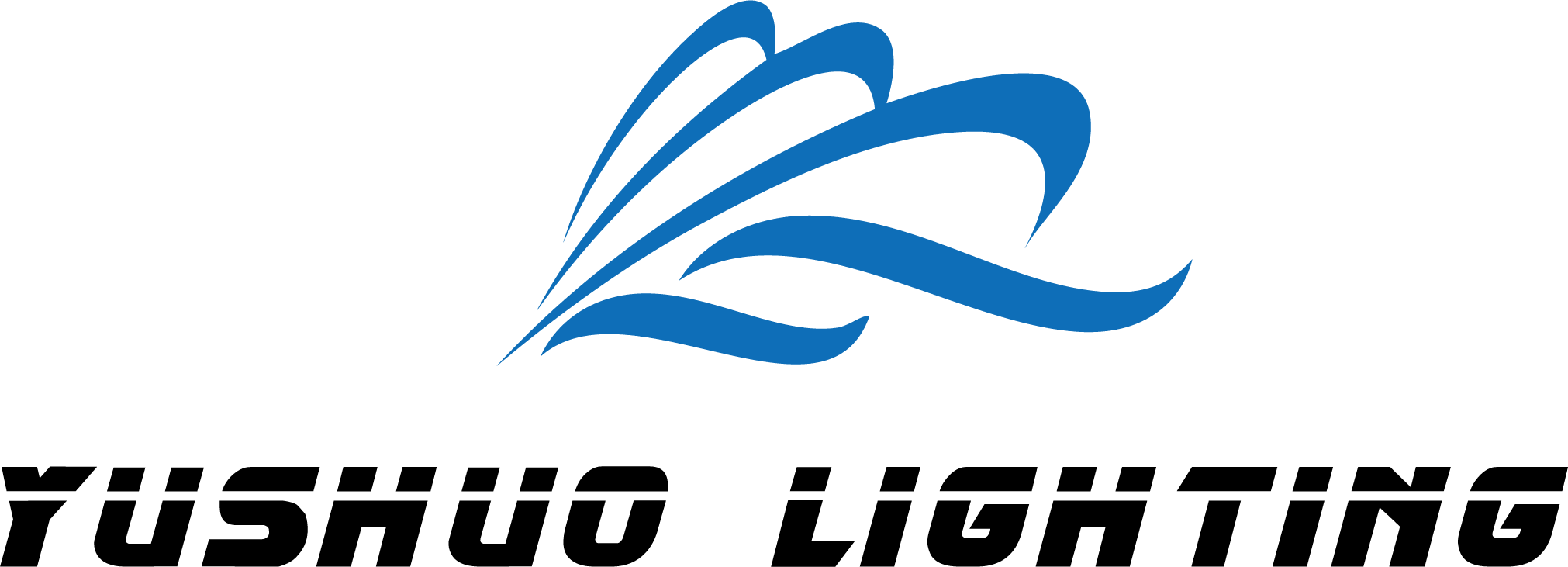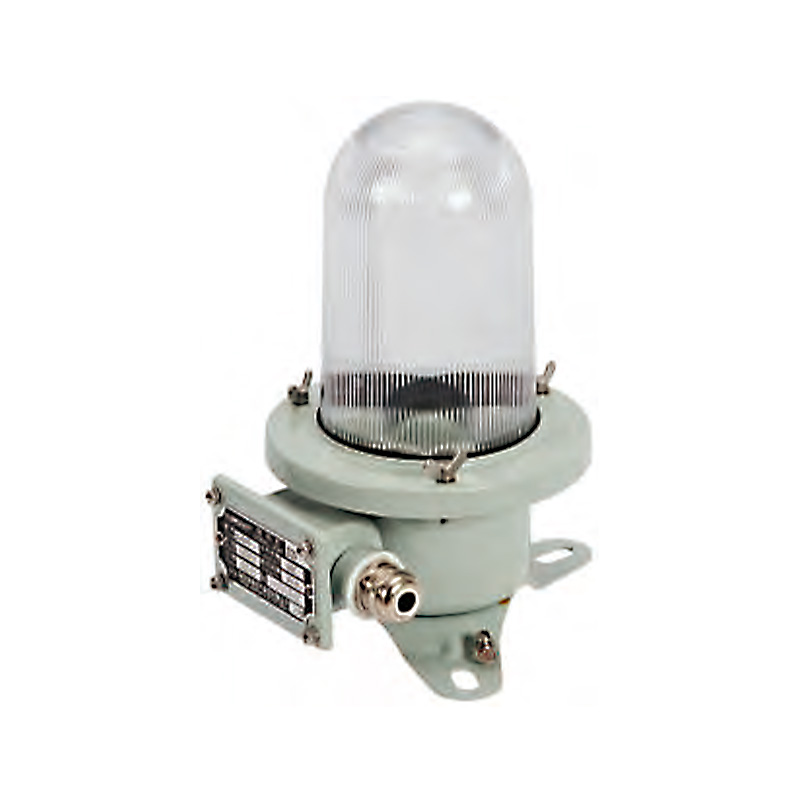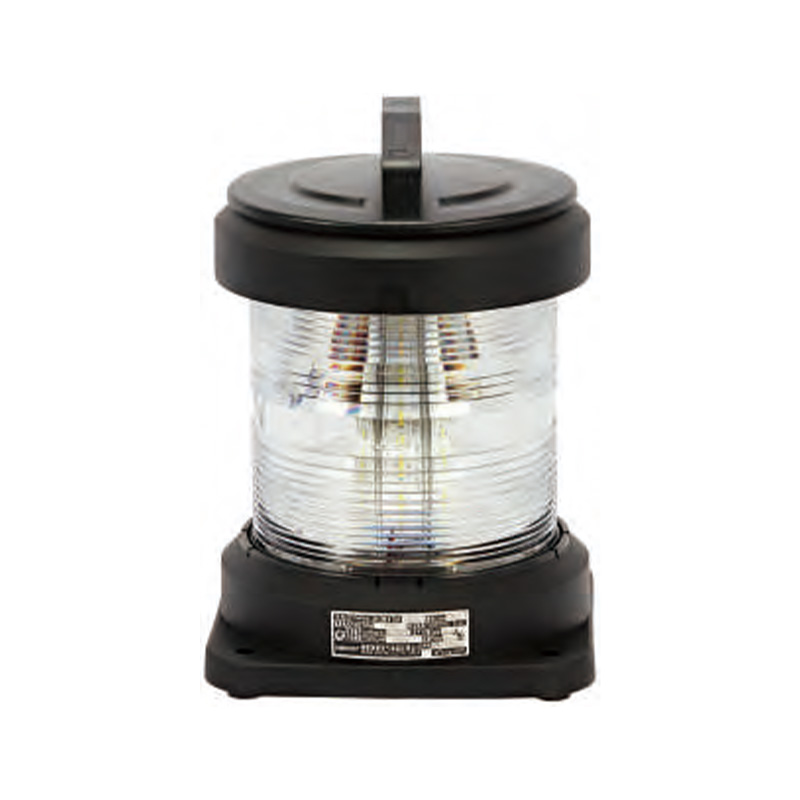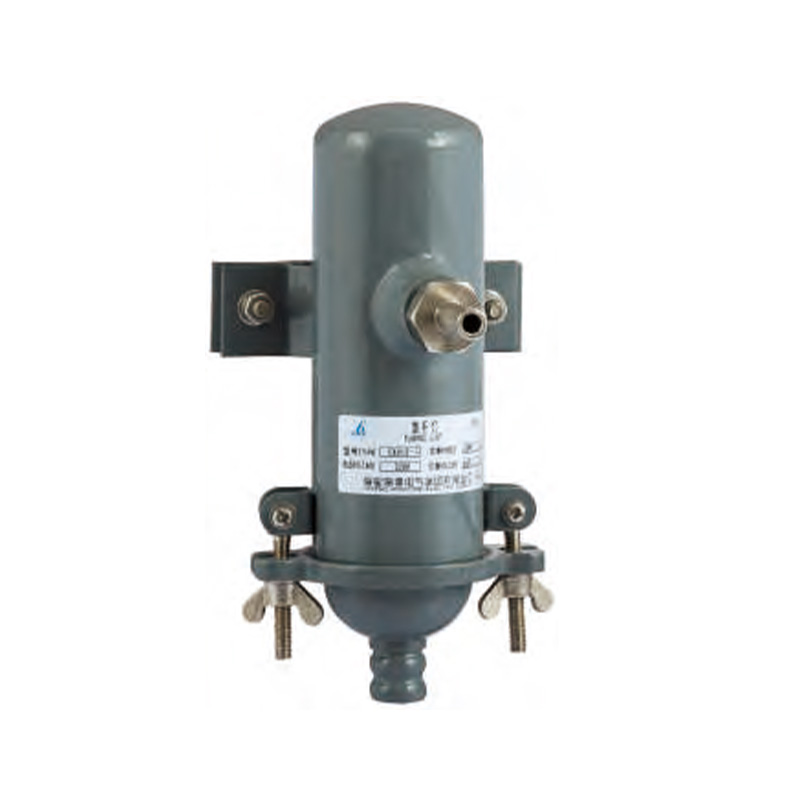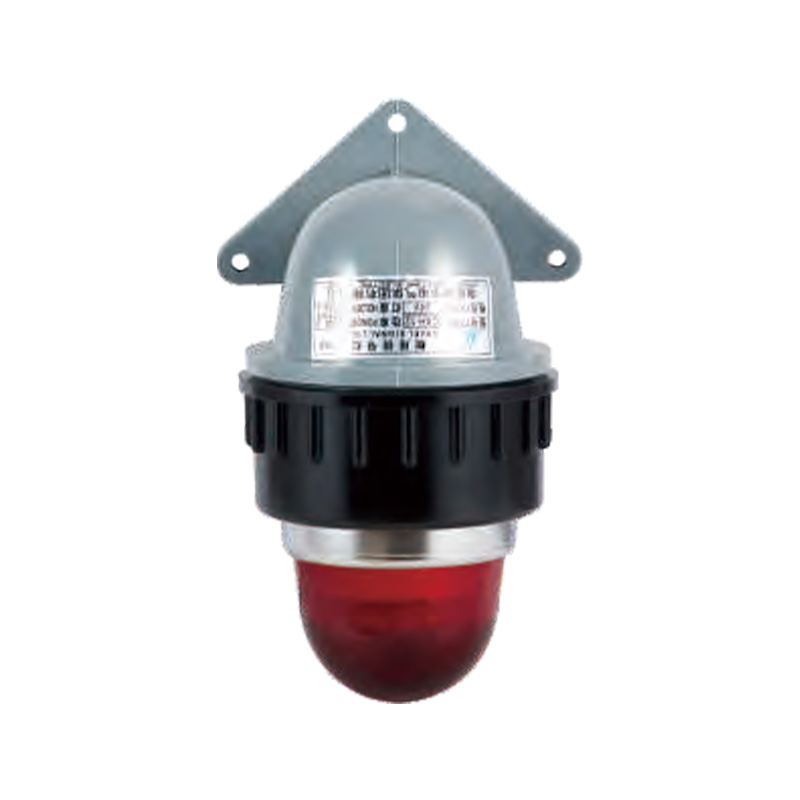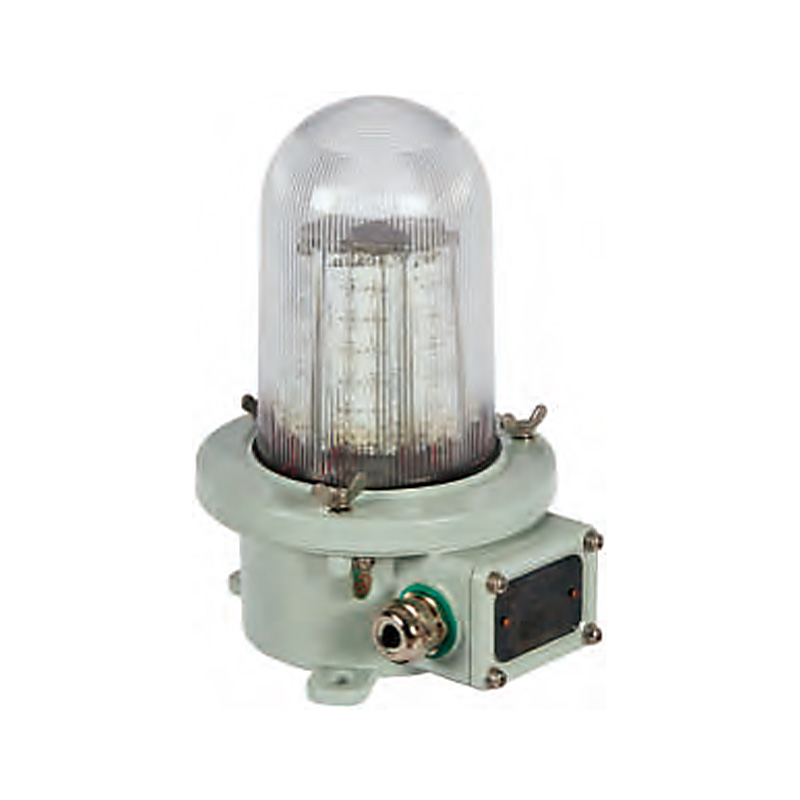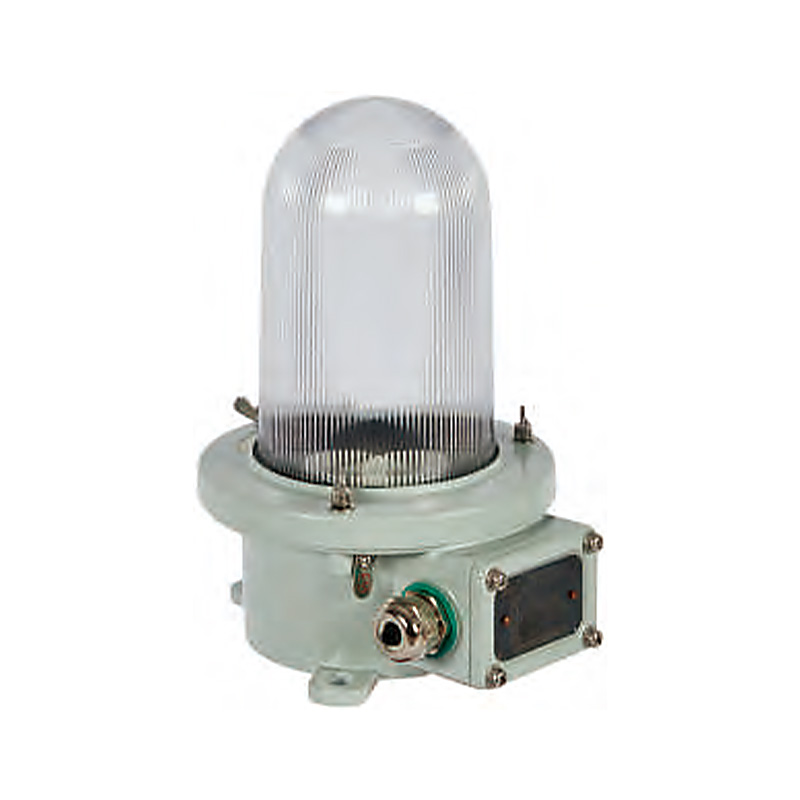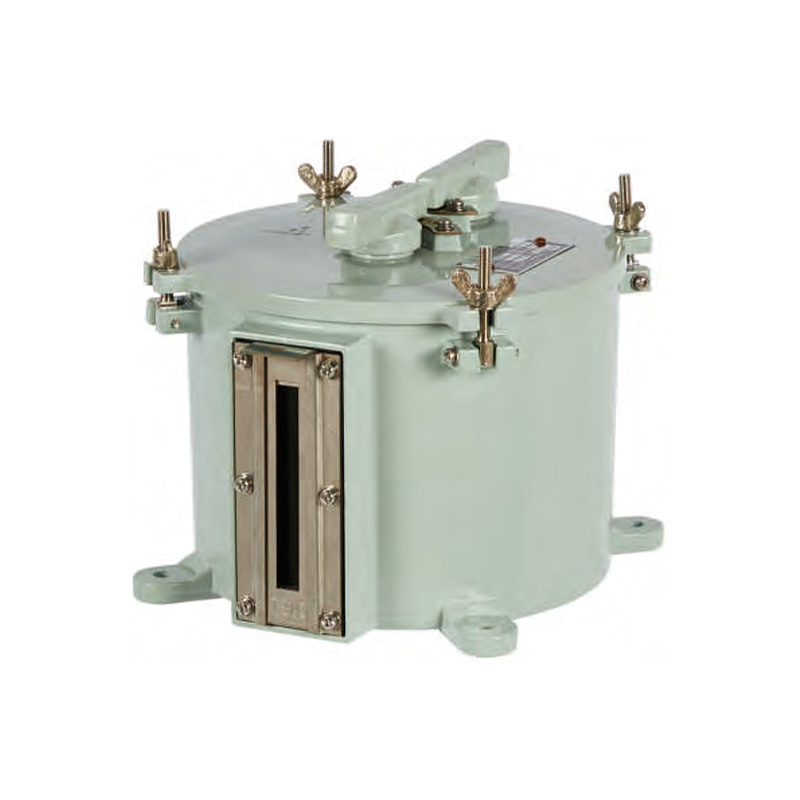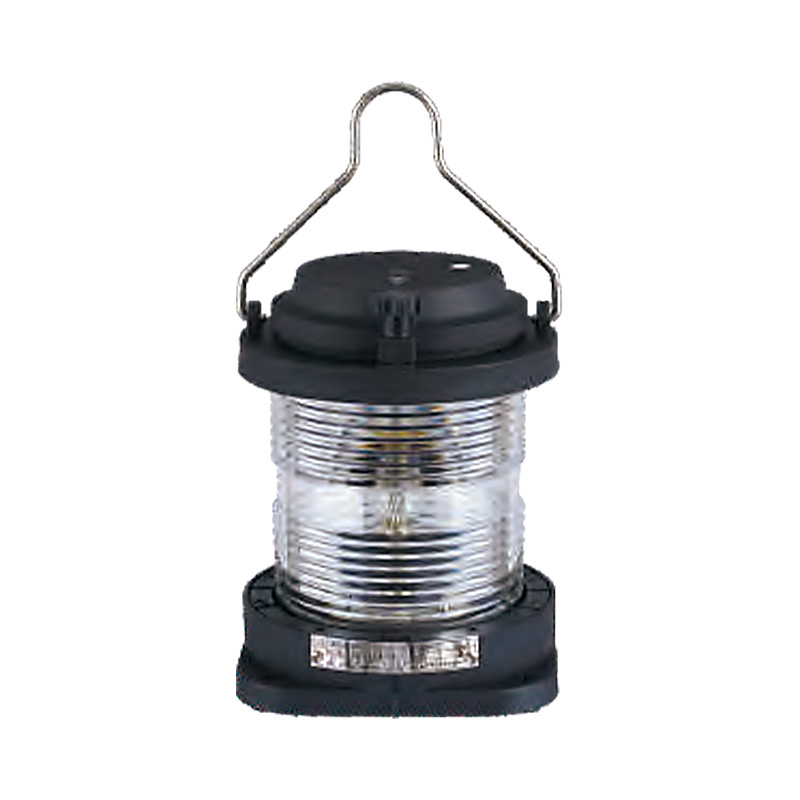Color and Visibility Standards in Marine Navigation Lights
Table of Contents
To maintain maritime safety, the International Maritime Organization (IMO) and national maritime authorities have set stringent standards regarding the color and visibility of marine navigation lights. These standards ensure that navigation lights are effective in all types of maritime conditions.
The Importance of Marine Navigation Lights
- Collision prevention: By displaying navigation lights, vessels can indicate their presence and movement direction, enabling other vessels to make informed decisions to avoid accidents.
- Compliance with maritime laws: Navigation lights ensure vessels operate in compliance with international regulations, reducing risks and protecting lives and cargo.
- Communication of vessel type and status: Different colored marine navigation lights indicate whether a vessel is engaged in fishing, towing, sailing, or is at anchor, which aids in the identification of specific vessel operations.
International Standards and Regulations for Marine Navigation Lights
The International Regulations for Preventing Collisions at Sea (COLREGs), established by the IMO, provide the global framework for the use of navigation lights. COLREGs specify how marine lights should be displayed in various conditions and for different vessel types.
Key factors outlined by these regulations
- Color: Specific colors including red, green, white, and yellow, are designated for certain types of lights and vessel positions.
- Arc of visibility: The light must be visible from specific angles, depending on the vessel’s type and size.
- Range of visibility: Navigation lights must be visible from a defined minimum distance, ensuring they are effective even in poor visibility conditions, such as fog or heavy rain.
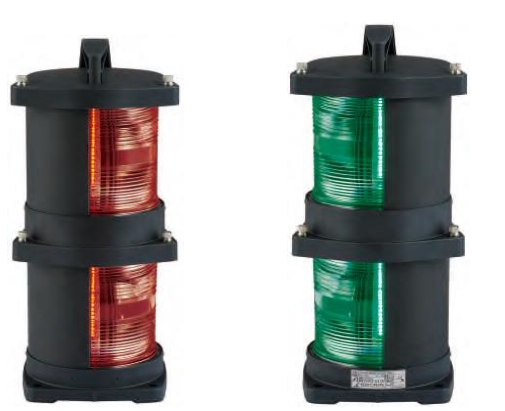
Color Standards for Marine Navigation Lights
1. Red Light (Port Side)
The red light is used on the port (left) side of the vessel. Its primary functions include:
- Direction Indicator: The red light is displayed on the port side, indicating the vessel’s left side when viewed from the front. It signals to other vessels that they should yield to avoid crossing in front of the vessel displaying the red light.
- Visibility: Visible from the front left side of the ship, the red light typically covers an arc of 112.5 degrees, starting from directly ahead of the vessel to slightly behind its port beam.
2. Green Light (Starboard Side)
The green light is located on the starboard (right) side of the vessel and serves the following purposes:
- Direction Indicator: Displayed on the starboard side, the green light signals the vessel’s right side when viewed from the front. When another vessel sees the green light, it typically indicates that they have the right of way, as they are on the starboard side.
- Visibility: The green light is also visible over an arc of 112.5 degrees from directly ahead of the vessel to slightly behind its starboard beam.
3. White Light
White lights are used in various positions and serve different purposes depending on the type of vessel and its activity
Masthead Light
- Positioned at the centerline of the vessel and visible from an arc of 225 degrees, the masthead light is used on power-driven vessels to indicate the forward position. Larger vessels may display multiple masthead lights.
- Visibility Range: Visible for 5-6 nautical miles, depending on the vessel’s size.
Stern Light
- Located at the stern (rear) of the vessel, the white stern light covers an arc of 135 degrees, making it visible to vessels approaching from behind.
- Visibility Range: Typically visible from 2-3 nautical miles, depending on the vessel.
Anchor Light
- The anchor light is a 360-degree white light displayed by stationary vessels, indicating that they are anchored and not under power.
- Visibility Range: Visible from a minimum of 3 nautical miles.
4. Yellow Light
Yellow lights are used in specific situations, usually for vessels involved in special operations such as towing:
Towing and Fishing Vessels
- Yellow lights are used to indicate that a vessel is towing another or engaged in fishing operations.
- Visibility: Yellow lights typically have the same visibility range and positioning as stern or masthead lights, depending on their specific use.
Distinguishing Function: The yellow light helps differentiate towing or fishing vessels from standard vessels, providing a visual cue to other vessels that extra caution is necessary.
5. Additional Light Configurations for Special Vessels
Certain vessels, such as fishing boats, towing vessels, and ships engaged in specific operations, may have additional color configurations:
- Fishing Vessels: Often display a combination of red and white lights to indicate that they are engaged in fishing operations.
- Towing Vessels: Use yellow and white lights to signal their activity.
Visibility Standards in Marine Navigation Lights
Visibility Range by Vessel Size
The visibility range of navigation lights is directly related to the size and type of the vessel. Larger vessels generally require their lights to be visible over longer distances due to their size and operational needs. The following outlines the standard visibility ranges based on the type of light and vessel size:
1. Power-driven vessels over 50 meters
- Masthead light: Must be visible from at least 6 nautical miles.
- Side lights (red and green): Must be visible from at least 3 nautical miles.
- Stern light: Must be visible from 3 nautical miles.
- Towing light: Must be visible from 3 nautical miles.
2. Power-driven vessels between 12 and 50 meters
- Masthead light: Must be visible from at least 5 nautical miles.
- Side lights: Must be visible from 2 nautical miles.
- Stern light: Must be visible from 2 nautical miles.
3. Power-driven vessels under 12 meters
- Masthead light: Must be visible from 2 nautical miles.
- Side lights: Must be visible from 1 nautical mile.
- Stern light: Must be visible from 2 nautical miles.
4. Sailing vessels and vessels under 20 meters
- Side lights, stern lights, and all-round white lights: Must be visible from at least 2 nautical miles.
5. Vessels at anchor
- Anchor light: Must be visible from at least 3 nautical miles. For vessels under 50 meters, the anchor light is an all-around white light, and for vessels over 50 meters, additional lights may be required.
Arc of Visibility
The arc of visibility refers to the specific horizontal angle over which navigation lights must be visible. This ensures that other vessels can determine the orientation and movement of the vessel, regardless of their angle of approach.
The arc of visibility for different navigation lights is defined as follows:
- Masthead light: The masthead light must be visible over an arc of 225 degrees, from directly ahead of the vessel to 22.5 degrees abaft (behind) the beam on either side. This ensures that vessels approaching from the front or either side can see the light clearly.
- Side lights (red and green): Side lights are visible over an arc of 112.5 degrees, from directly ahead to 22.5 degrees abaft the beam. This setup allows vessels approaching from the port or starboard sides to differentiate between the two.
- Stern light: The marine stern light must be visible over an arc of 135 degrees, shining aft (toward the rear). This ensures visibility to vessels approaching from behind.
- All-round lights (such as anchor lights): These lights must be visible over a full 360-degree arc, making them visible from any direction. All-round white lights are typically used on vessels at anchor or small vessels without a separate masthead and stern light.
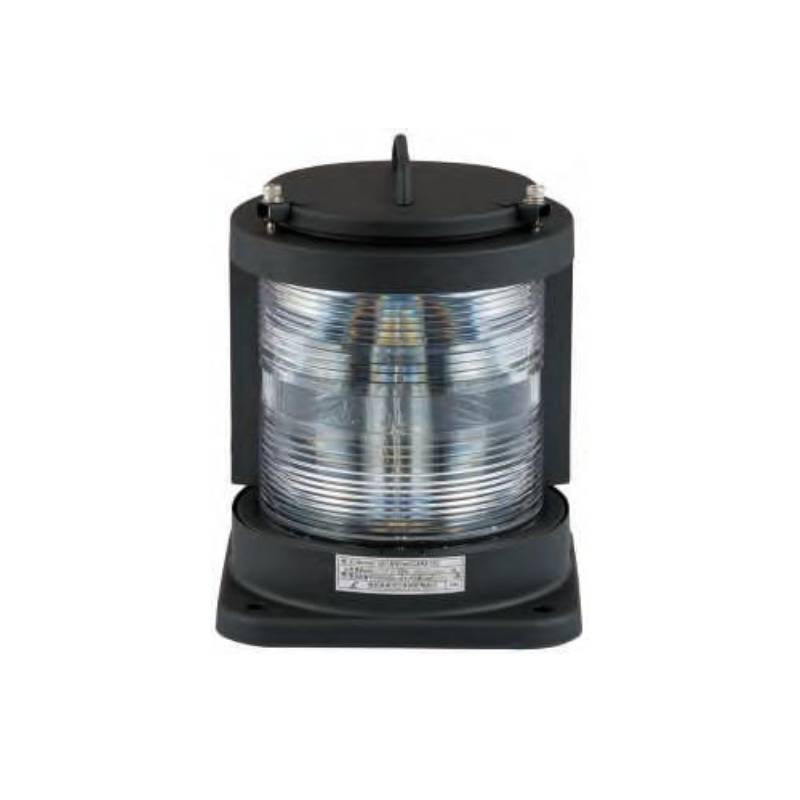
Light Intensity and Brightness
In addition to visibility range and arc, the intensity of the navigation lights plays an essential role in ensuring they can be seen in various conditions. Marine navigation lights must be sufficiently bright to pierce through fog, rain, and darkness but must not produce excessive glare that could confuse other vessels. The lights must meet specific brightness levels according to COLREGs, often measured in candelas, with brighter lights required for larger vessels.
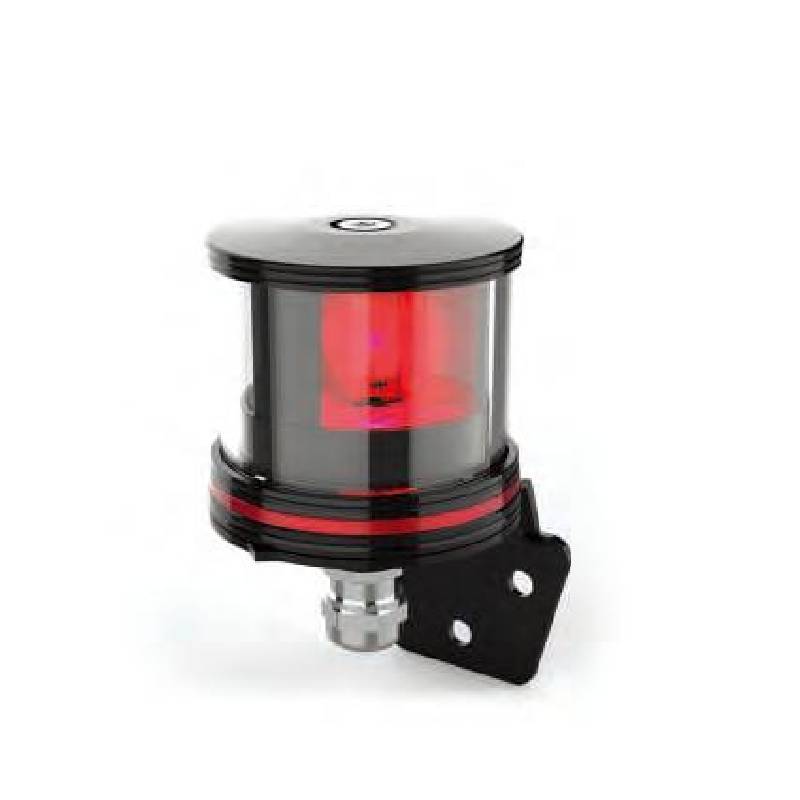
Technical Considerations for Marine Navigation Lights
This chart highlights the key technical factors that must be considered when selecting or designing marine navigation lights adhering the color and visibility standards for optimal performance and safety.
| Technical Aspect | Description | Key Considerations |
| Light Source Technology | The type of light used in navigation lights (e.g., LED, incandescent). | 1. LED offers higher efficiency, longer lifespan, and lower maintenance. 2. Incandescent consumes more energy and has shorter lifespan. |
| Power Consumption | The amount of energy used by the light system. | 1. LED lights are energy-efficient, reducing battery load. 2. Incandescent lights consume more energy. |
| Visibility Range | Distance over which the light must be visible, depending on vessel size and type. | Must comply with COLREG standards for visibility (2-6 nautical miles). |
| Durability and Weather Resistance | Ability of the light to withstand harsh marine environments (saltwater, UV, extreme temperatures). | Lights must be sealed and made from corrosion-resistant materials like marine-grade aluminum or polycarbonate. |
| Waterproof Rating | Level of protection against water ingress. | Must meet IPX6 or IPX7 standards for waterproofing, particularly for submerged lights or exposure to waves. |
| Energy Source | The power supply (e.g., ship’s electrical system, solar power, or battery-operated). | Solar-powered and battery-operated lights are used for energy savings in specific applications. |
| Maintenance Requirements | Frequency of light bulb replacement and system checks. | LED lights have lower maintenance needs due to longer lifespan. |
| Compatibility with Vessel Systems | Integration with the vessel’s electrical and navigation systems. | Must ensure compatibility with power supply voltage and automation systems on the vessel. |
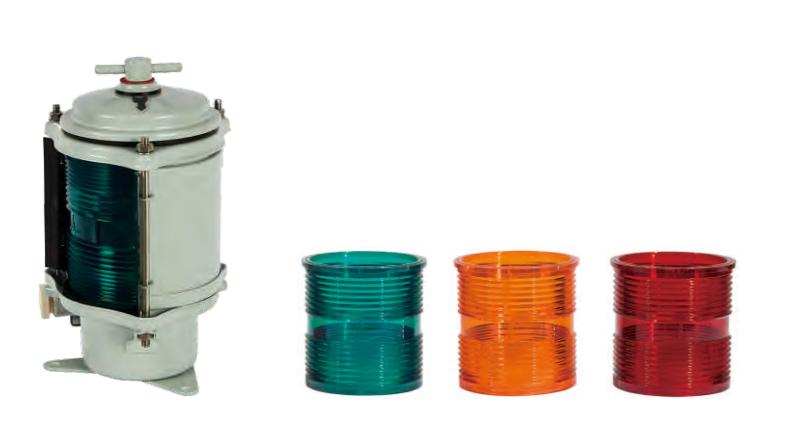
Overall, color and visibility standards in marine navigation lights are fundamental to maritime safety, allowing vessels to navigate safely and avoid collisions. Through adhering to international regulations and ensuring that lights meet visibility and color standards, vessels can effectively communicate their position and intentions to others on the water.
